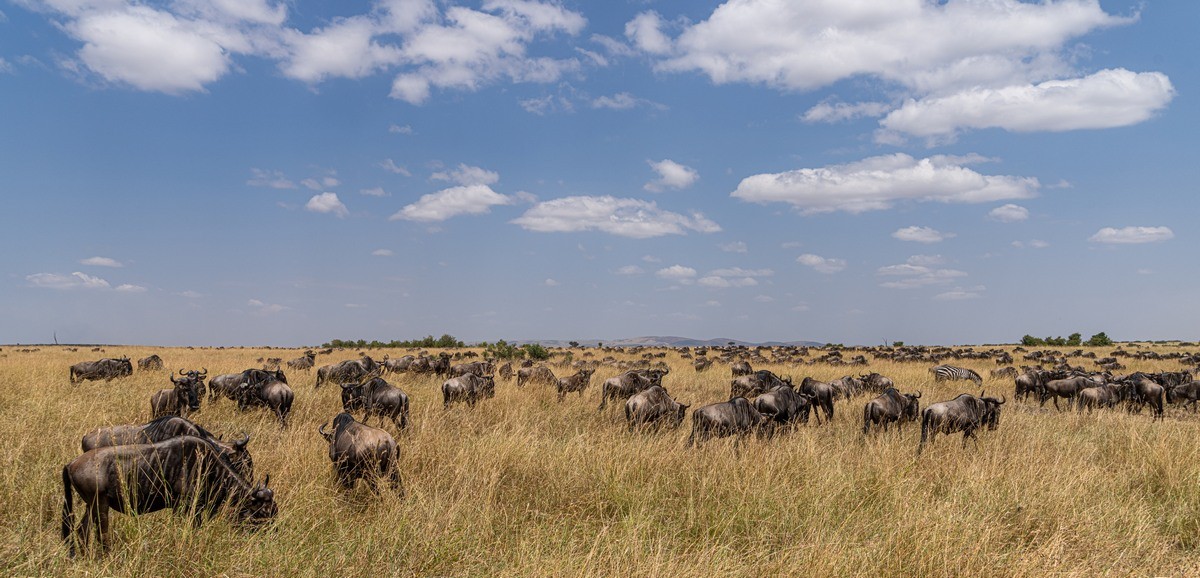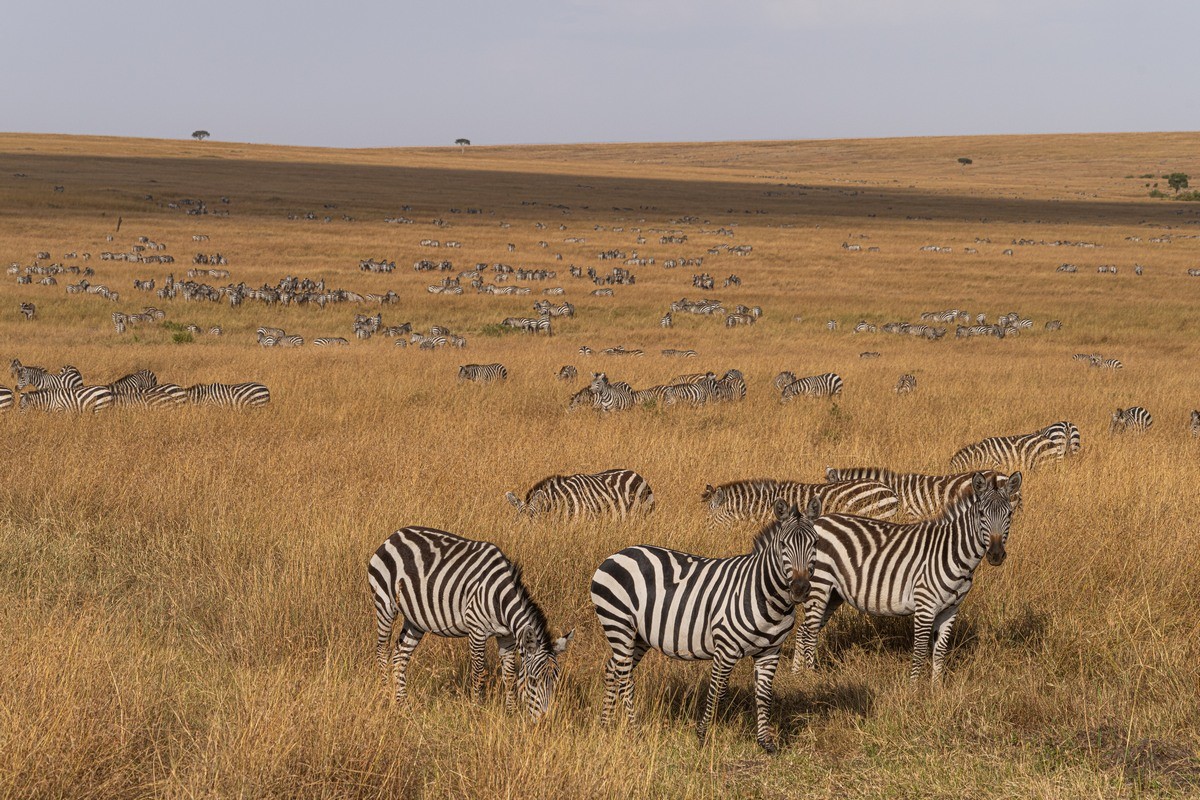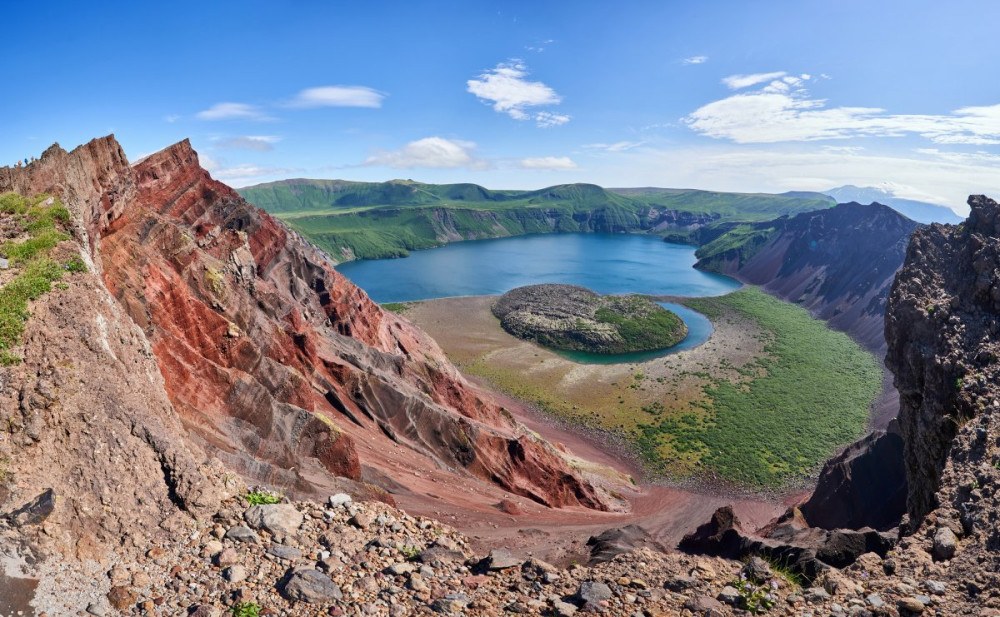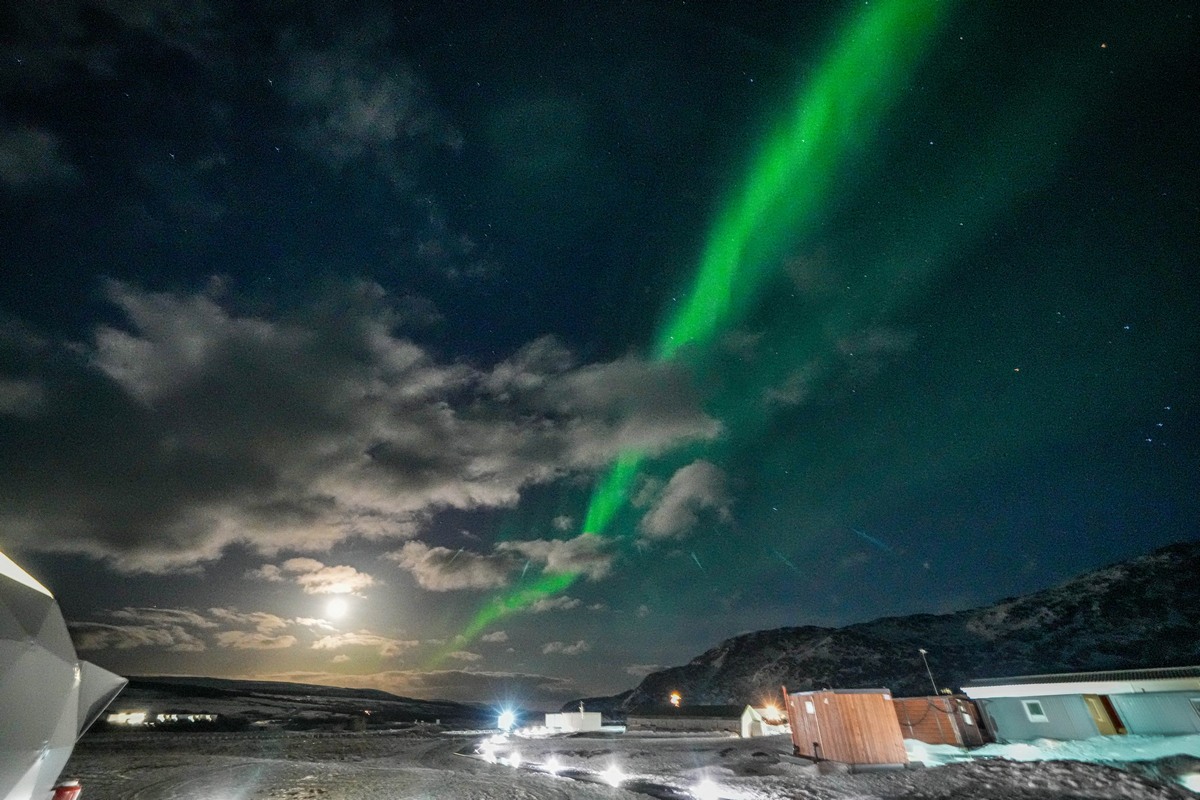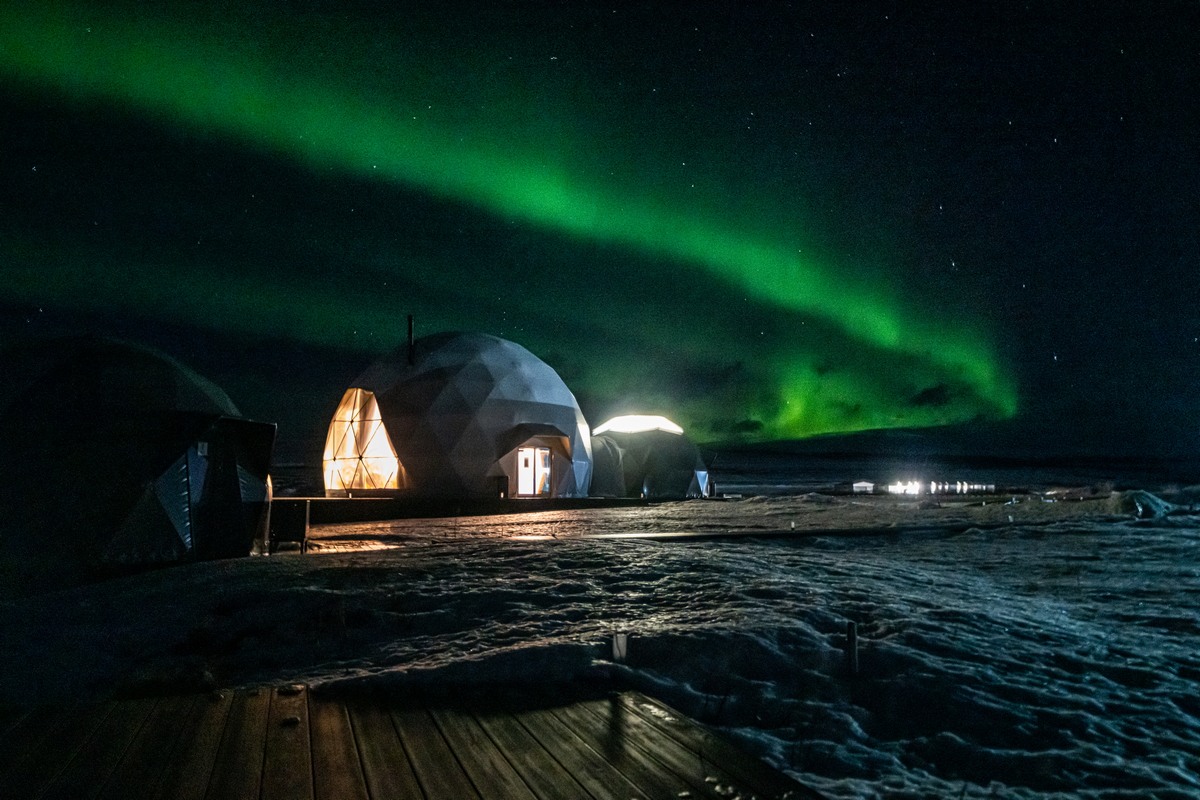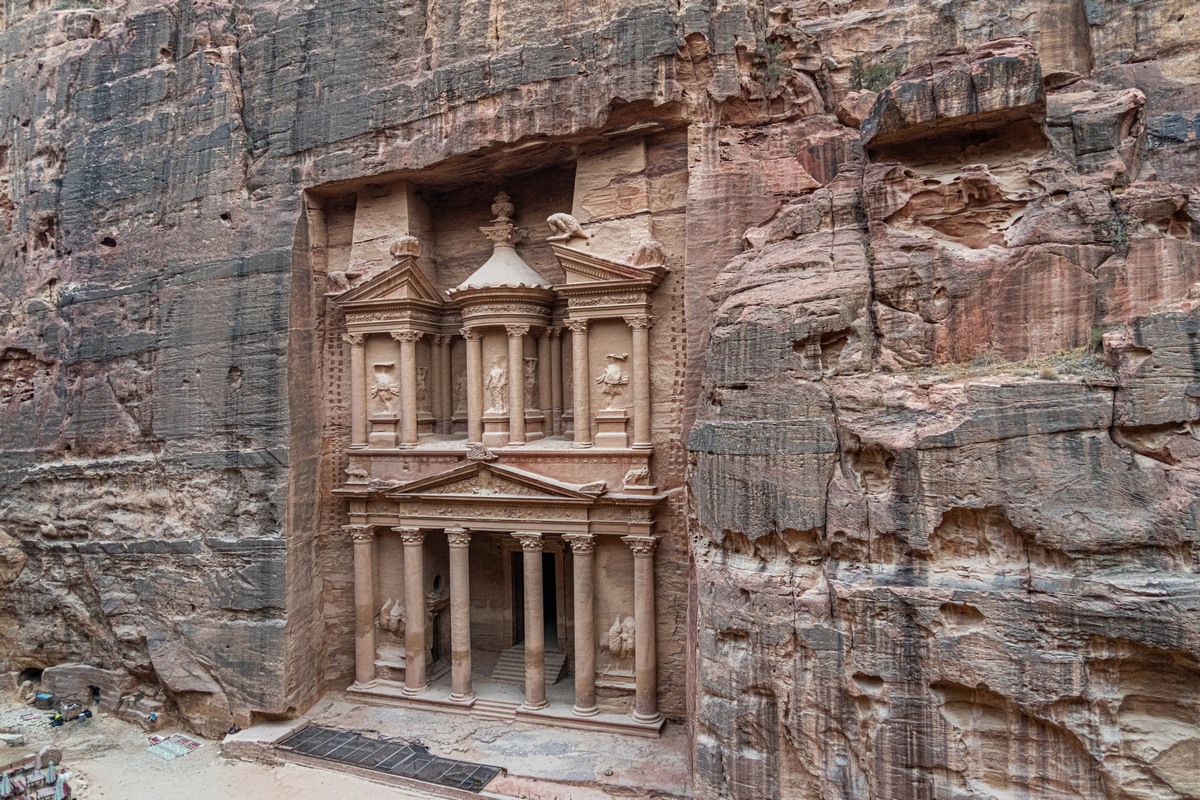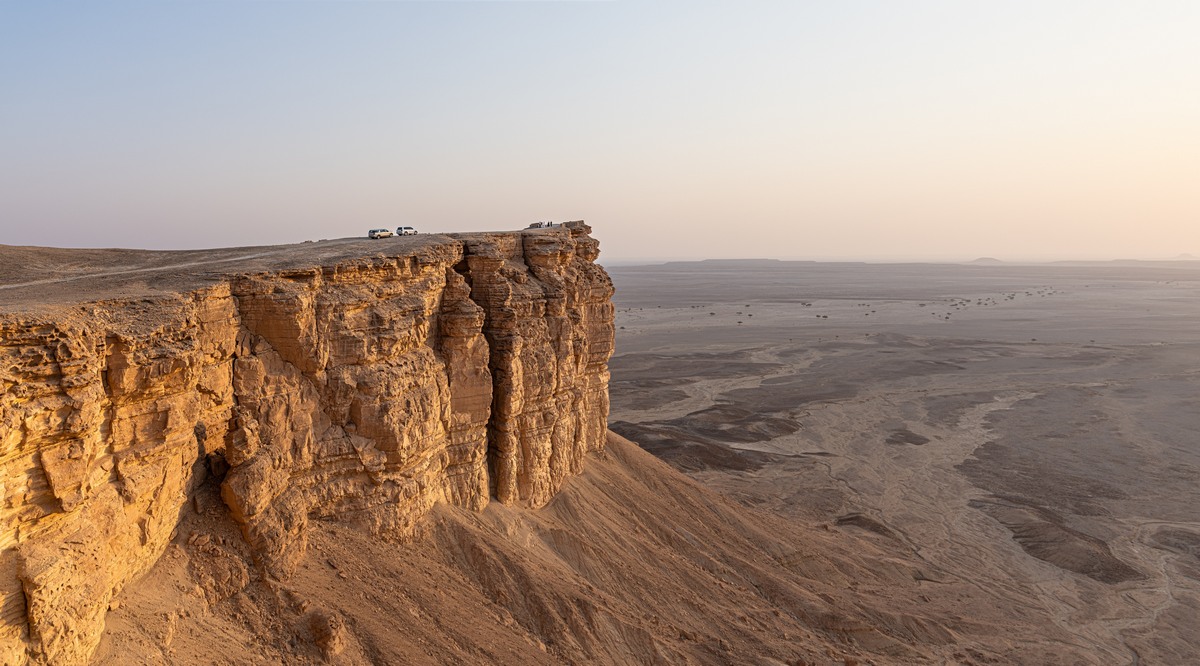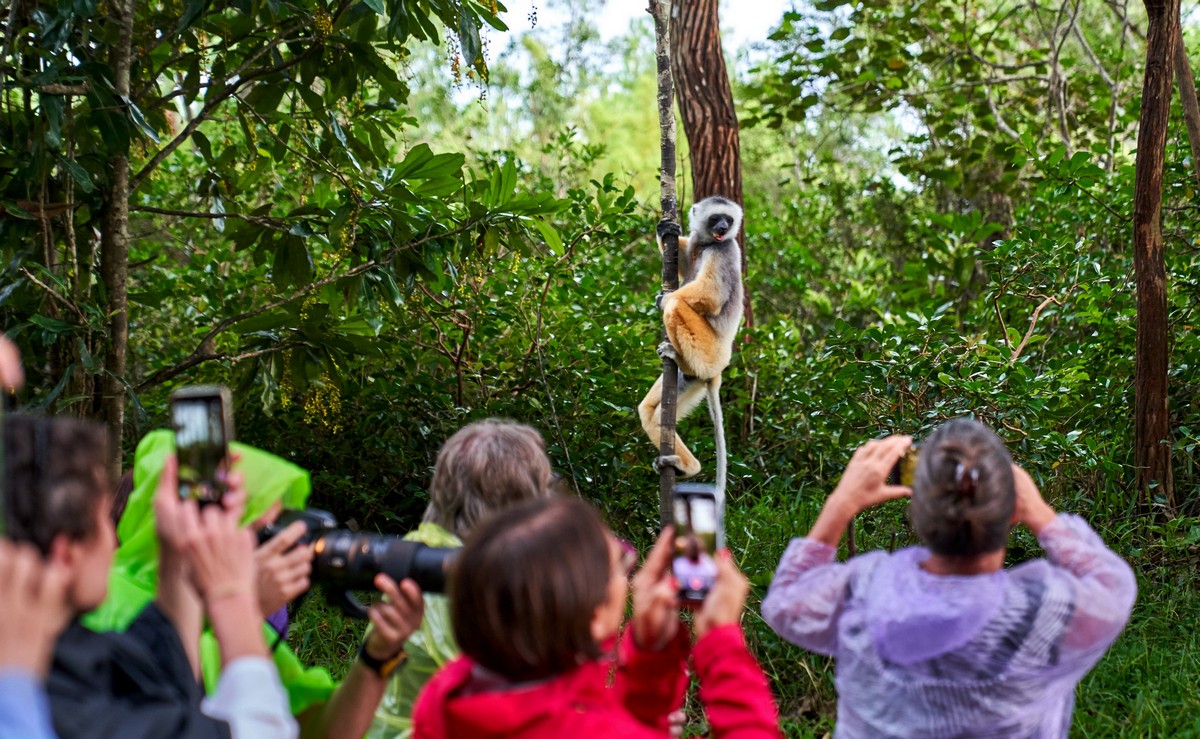August 19, 2024
In deepest Siberia: the world’s largest thermokarst “tadpole”.
Not far (20 minutes on snowmobiles) from the 70-kilometer road between Verkhoyansk and Batagay, there’s a unique natural phenomenon that goes by the name of the Batagaika crater ->
Apparently it formed as a result of a combination of global warming and certain actions of Soviet Homo sapiens – those certain actions being cutting down the trees in the surrounding area, plus the making of ruts by heavy all-terrain vehicles (used during the deforestation). This eventually led to the permafrost thawing, becoming a ravine, and then spreading out, giving us today this here bizarre massive tadpole-shaped depressed formation on the Siberian plains:


